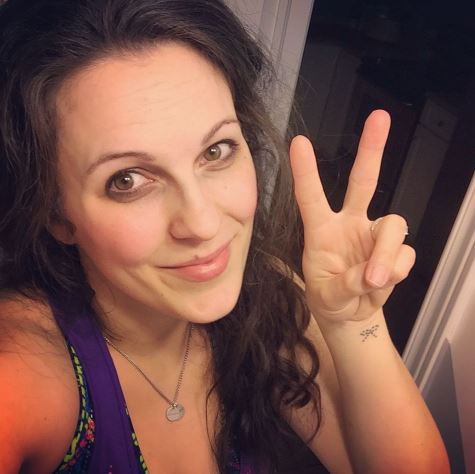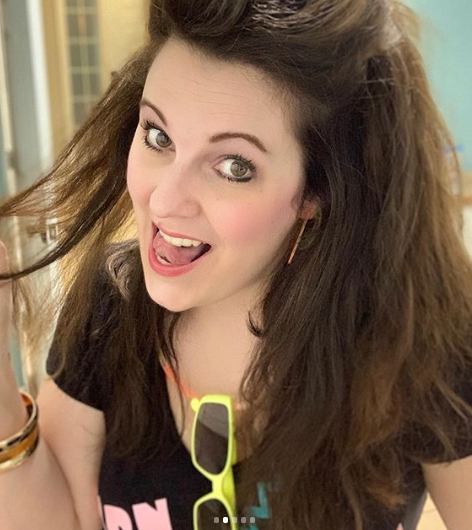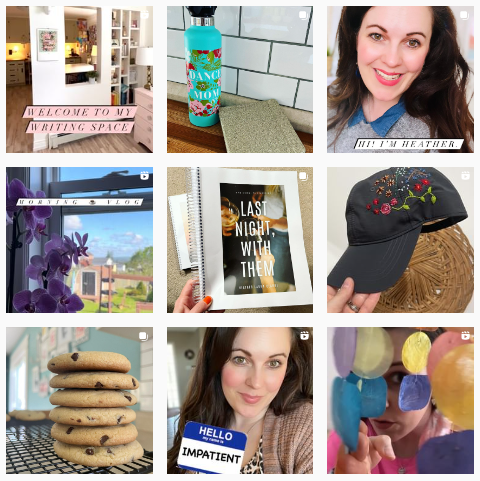How to transfer photos to wood (without a million failed attempts)

Usually, I write about projects that I’d encourage anyone to try. Well, this one is different.
I started off with such confidence. There were numerous tutorials on Pinterest, promising the ease of transferring a colour photo to a piece of wood. It looked so rustic and cute! I had to try it. (Surely, my walls had room somewhere.)
I breezed into the craft store and asked a sales associate to point me in the direction of the gel medium.* I figured she would be curious why I wanted such an obscure item, and maybe ask about what I was planning.
“Oh, you’re transferring a photo to wood?” was the dull reply.
Apparently this project wasn’t quite as groundbreaking as I’d thought.

The project started off smoothly enough. I picked out a few different photos that were printed by an inkjet printer — onto regular paper, not photo paper. (Remember that the picture will appear on the wood as a mirror image, so flip it before printing it if you want to preserve the original look — or make any text legible.)
I brushed a thick layer of gel medium onto a piece of smooth MDF, and pressed the printed photos — facedown — onto the surface. I rubbed each photo to make sure there weren’t any air bubbles, and left them to dry for 12 hours. No problems.

The next day, I dipped a rag in water and squeezed it over the paper, soaking the entire surface.

Then I started the tedious process of rubbing off the wet paper, without actually rubbing the ink off the wood. This is when things started to fall apart … literally.

I would rub too hard or not use enough water, and chunks of the photo would disappear completely, ruining the entire piece. I would rub the paper off lightly until it looked good, and return an hour later to a foggy, paper-covered picture. I tried painting over the filmy pictures with Mod Podge, and then it just preserved the cloudiness.
I repeated the process again and again, with different photos, trying to find a method that worked. I kept putting off writing this column, because I wanted to wait until I’d figured it out. It couldn’t beat me!

I read different tutorials to try to figure out what was going wrong, and then I came across one that was different: “Keep wetting the paper and rubbing and allowing it to dry. For me, it took about eight times of this cycle before I was able to remove all the paper residue, so be patient!”
Eight times! No wonder I was struggling — I’d been trying to rub off all of the paper residue in a single attempt.
I started fresh again — I think it was my sixth or seventh attempt by this point —with a fresh photo. I soaked it with water and started rubbing away the residue very, very gently, swirling the pads of my fingers in a circle, and brushing the little white bits of paper off to the side.

I let it dry, and repeated the wetting/swirling/brushing exercise four more times — with the picture looking clearer each time, but still cloudy.

After the photo had dried for the fifth time, I brushed two coats of gel medium over the surface, and it removed the remaining cloudiness. It dried clear, and I could actually see the picture on the wood. There may have been a little happy dancing.
Since this attempt had been half-heartedly stuck to the corner of a large piece of MDF — I’d ruined a lot of wood by that point — I had Michael cut it out with his saw. And yes, I was super nervous that he would chop through it, after all of my hard work!

The finished product is nice, but was it worth the effort? No, not really. Not at all, actually. I’m glad I finally figured out how to do it properly, for my own crafty pride, but I still don’t understand why it’s such a popular project. Maybe it’s trendy for the same reasons everyone went crazy turning wooden crates into coffee tables?
I recommend this project if you are partial to rubbing off the pads of your fingertips. I recommend this project if you are very bored and also a bit sadistic. I recommend this project if you are looking for a crafty challenge that will leave you yelling at a piece of wood and cursing the manufacturers of gel medium.
If none of those things apply to you, skip the fancy gel medium transfer and just glue your photos directly to wood with a bit of Mod Podge instead. It’s much easier, and your fingertips will remain intact. Promise.














Did you say you printed your photo in an inkjet printer, was the result good?
LikeLike
Absolutely, Angela! I don’t even think the project works using regular glossy photos, because they can’t transfer properly.
LikeLike
Almost every tutorial I read said that inkjet printer won’t give a good finished result, and to use laser jet printer. Have you tried it that way? That and the trick of rubbing the paper off in installments might make the difference of “not worth it” to “awesome.” I’m trying out this project myself and if I find success (and satisfaction), I’ll let you know.
LikeLike
Interesting! I’d heard that you can’t do it with a laser printer since it just burns the image onto the page — there’s nothing to transfer. But it’s certainly worth a try.
LikeLike
Please read the beginning of this article one more time …
LikeLike
I found this technique the easiest things to do .I tried it once didn’t quite work out second time was perfect .I found thousands of photos online that I want to transfer.( make sure you flip the photo before you print it) I went to OfficeMax had everything printed on a laser printer. I use rustoleum photo transfer,I lay the photo down face up on some wax paper cover the entire photo with the transfer medium, flip it onto the project use a roller and a squeegee to get all the glue out. then I just gently keep rubbing it with my finger for about 10 minutes pushing it down then I let it sit for 12 hours. Come back ,spray it with a water bottle start using a cloth and wipe the paper off easy Peezy Peezy
LikeLike
I was expecting a completely different ending although I have to say I did get a good laugh out of it. (Haha!). The ending result was cute. I’m going at this full force with my friends baby ultrasound pictures. I made copies of the original at my job. Just like a copy machine. So I hope it works. I’m transferring the pictures to 3 different surfaces mug/glassware, canvas and wood. I am SO happy to of read you blog because I would of went in at it pretty much blindfolded and only watched about 3 videos on 101 of picture transfer. So I’ll give it a try. Thanks for the advice!!
LikeLike
That’s such a nice gift idea! Ultrasound photos are so special. Yeahhhh I certainly haven’t re-tried this project since doing this post. It was SUCH A PAIN — like physical pain, on my fingertips! 😉
LikeLike
Omg I wanted do this but can I get the photos printed at staples or office depot like normal printer paper? Thanks
LikeLike
Yes, you could absolutely have the photos printed at Staples or something similar. The thing is that they MUST be printed on an inkjet printer — NOT laser — and on regular paper, NOT photo paper. Good luck! 🙂
LikeLike
Heather, it is heart warming to here someone say that a certain project “sucks”. I agree, what is the advantage of transferring a photo to wood? I am a woodworker and have no desire to attempt this.
LikeLike
Ha! It’s strange, John, but for some reason people are obsessed with this project. I definitely am not going to do it a second time!
LikeLike
Ha ha that was a good read ! Thank you for that!
LikeLike
I used a gel medium to transfer my image and it turned out great. The only problem is that when it is dry it has a white chalky appearance that makes it hard to see the picture. When I wet it again the picture looks great until it dries. How do I get the clear wet look to stay so you can see the picture?
LikeLike
Hmm, it might be a matter of using your fingertips (painfully) to gently rub off more of the paper residue? My photo was cloudy until I did this 7-8 times — which is why the process is SO ROUGH — and then I brushed two coats of the medium on to finish it.
LikeLike
Heather, thank you for sharing your experience. I have watched several tutorials on how to transfer photos onto wood. I tried once, but didn’t have the Gel Medium. I used Mod Podge. (Big Mistake!) I ended up scrubbing the image off the wood so that I could reuse it. Anyway, I plan to go buy the Gel Medium and try again, but my question to you is, ” Why not finish photo with Mod Podge as the sealer. Does it make a difference on which is used?”
LikeLike
You could absolutely finish the photo with a coat of Mod Podge, Cyndi! I used the Gel Medium because I had it open, but Mod Podge would have worked fine for that final step. SUCH a tedious project, though — I won’t be trying it again anytime soon! 🙂
LikeLike
I tried this before finding your post. Epic fail! You could barely see the image. It was cloudy I’d rub more off then it would leave bare spots. Frustrating
LikeLike